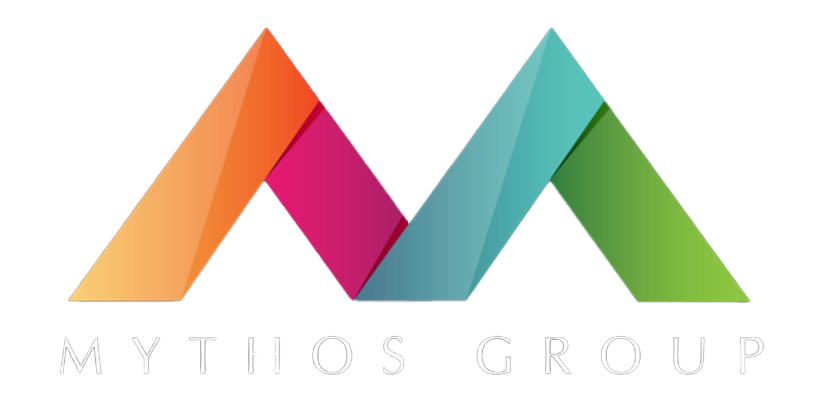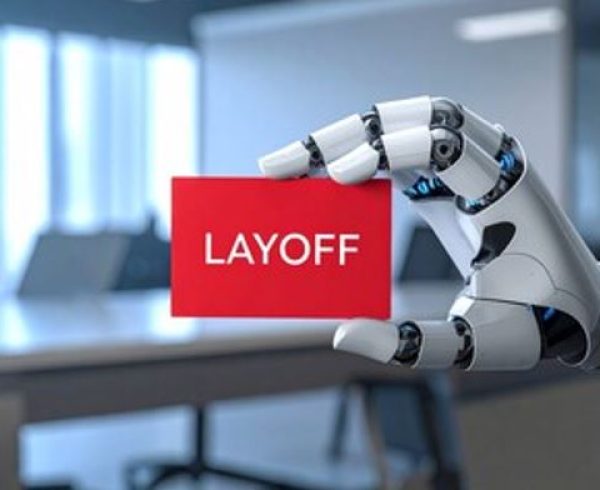We’re witnessing the collapse of an economic constraint that has shaped organizational design for decades: analytical scarcity. For generations, analytical intelligence was scarce, expensive, and slow to produce, so we built hierarchies to ration it and competitive strategies around controlling it. Large language models eliminated that scarcity overnight, creating what researchers call the intelligence economy transformation.
McKinsey estimates this shift could add $4.4 trillion annually to the global economy, while BCG research shows AI leaders achieve 1.5 times higher revenue growth than competitors.
The business world has experienced a fundamental shift in competitive dynamics. Tasks that required hours of expert analysis now complete in minutes for pennies, fundamentally altering the cost structure of analytical work. Lumen reduced sales preparation time from four hours to 15 minutes using Microsoft Copilot, projecting annual savings worth $50 million. That’s not incremental improvement— that’s a complete redefinition of what’s possible.
The most brutal reality lies in where AI creates value. Research shows that 62% of AI’s value lies in core business functions like operations, sales and marketing, and R&D, not support functions. This means AI isn’t just improving efficiency; it’s transforming the fundamental activities that create competitive advantage.
Why Most AI Transformations Fail
Traditional competitive moats are evaporating faster than most executives realize. Proprietary data becomes less valuable when AI synthesizes public information into comparable insights. Analytical expertise gets commoditized when machines perform complex analysis for pennies. Scale advantages diminish when small teams access enterprise-grade intelligence capabilities.
Yet only 10% of AI pilots make it to production, with 90% stuck in endless testing phases. Understanding why requires examining how companies approach organizational change.
Gartner research finds 61% of organizations are evolving their data and analytics operating model because traditional structures designed for information scarcity now create expensive decision delays. Hierarchical layers that once rationed analytical capacity become pure friction when competitors access sophisticated intelligence without approval chains.
Look at what leaders are actually doing. Amazon CEO Andy Jassy mandated each organization increase “the ratio of individual contributors to managers by at least 15%” to flatten structures and accelerate decision-making. This isn’t about cost reduction; it’s about removing decision friction that competitors exploit. Microsoft eliminated internal competition by merging teams into an AI and Research Group under Satya Nadella’s leadership, bringing engineers and computer scientists together to focus on artificial intelligence across all product lines.
The Three Transitions Framework
The intelligence economy demands three sequential transitions that will determine competitive position over the next 18 months. Each enables the next, but failure at any level collapses the entire transformation.
Research shows that 92% of companies that successfully scale see positive ROI within 12 months, making speed essential. Simple AI applications require only 3-6 months for deployment, while comprehensive transformations can achieve meaningful results within 14 months.

Transition 1 (0-6 months): Organizational Foundation Will you maintain structures designed for information scarcity or rebuild around intelligence abundance? Start with tactical steps: audit your last 10 major decisions and identify how many required approval chains longer than 48 hours, map which analytical tasks executives personally perform that AI could handle, and count approval layers between insight generation and action.
Conduct an intelligence bottleneck audit to identify where decisions wait for analytical capacity, map approval workflows that slow AI-augmented teams, and redesign authority flows to match intelligence access. Pilot AI-first processes in 2-3 business functions where analytical work dominates, measuring decision velocity before and after implementation.
Transition 2 (7-12 months): Leadership & Capability Building Will you develop AI-augmented decision-making capabilities across your executive team or continue relying on traditional analytical methods? Have each executive use AI to generate three strategic options for a current business challenge, then compare those to their traditional approach.
Focus on executive AI fluency training that builds comfort with AI-augmented decision-making, systematic capability development across leadership teams, and cultural transformation initiatives that embed intelligence orchestration into management practices. Establish AI centers of excellence with cross-functional leadership teams and run monthly AI strategy sessions where executives practice using AI tools for strategic analysis.
Transition 3 (13-18 months): Competitive Strategy Evolution Are you building advantages around intelligence orchestration or attempting to defend traditional moats that AI commoditizes daily? This final transition leverages organizational foundation and leadership capabilities to reimagine industry competitive dynamics.
Develop new business models that assume intelligence abundance rather than scarcity, redesign customer experiences around real-time AI-powered personalization, and build partnerships that combine organizational learning capabilities with complementary AI strengths.
The Three Failure Modes That Destroy Value
Organizations that attempt to skip steps face predictable failure patterns. Bain research reveals most organizations treat generative AI as a technology deployment rather than a business transformation.
“AI on Broken Workflows” occurs when organizations skip Transition 1 and create sophisticated technology applied to fundamentally flawed processes. A global consulting firm implemented AI for proposal writing but maintained seven approval layers. AI generated proposals in two hours, approval took three weeks. Competitors with flattened structures delivered proposals 10 times faster and won significantly more business.
“Technology Without Capability” happens when companies skip Transition 2 and rush past leadership development, creating a dangerous gap between AI potential and executive utilization. A manufacturing company invested $50 million in an AI analytics platform, but executives continued making decisions based on “gut feel” because they didn’t trust AI insights they couldn’t interpret. Platform utilization remained below 20%, creating negative ROI.
“Strategy Without Foundation” emerges when organizations jump directly to Transition 3, creating competitive positioning they cannot sustain. A retail chain launched an “AI-first” customer experience while maintaining centralized decision-making and limited executive AI fluency. Customer-facing AI made promises the organization couldn’t fulfill operationally, creating service failures and brand damage.
The Strategic Imperative
Commercial Bank of Dubai leveraged Microsoft 365 to democratize AI, saving 39,000 hours annually while enhancing workflows and expanding AI literacy across teams. The most successful leaders use AI to process vast datasets, generate multiple scenarios, and identify patterns invisible to traditional analysis, then apply uniquely human capabilities for strategic vision and ethical judgment.
Harvard Business Review research shows that GenAI can get knowledge work done 25% faster with 40% higher quality. Bain research shows that early AI adopters are realizing performance gains up to 20% of earnings in as little as 18 to 36 months.
Success patterns emerge from companies that master all three transitions systematically. Gartner finds that 55% of organizations with deployed AI take an “AI-first strategy” for every new use case, considering AI before traditional solutions.
The Ultimate Paradox
This isn’t a technology cycle; it’s a permanent economic shift. Companies that master the Three Transitions will operate as intelligence orchestration platforms that synthesize human insight with machine analysis at unprecedented scale and speed.
Here’s the ultimate paradox: in a world where intelligence becomes abundant, the scarcest resource becomes the courage to unlearn what made you successful. The companies that will dominate the next decade aren’t the ones with the best AI. They’re the ones brave enough to abandon the decision-making processes that got them here.
The question isn’t whether AI will transform your industry. The question is whether you’ll transform fast enough to still be relevant when it does.







